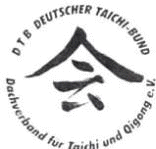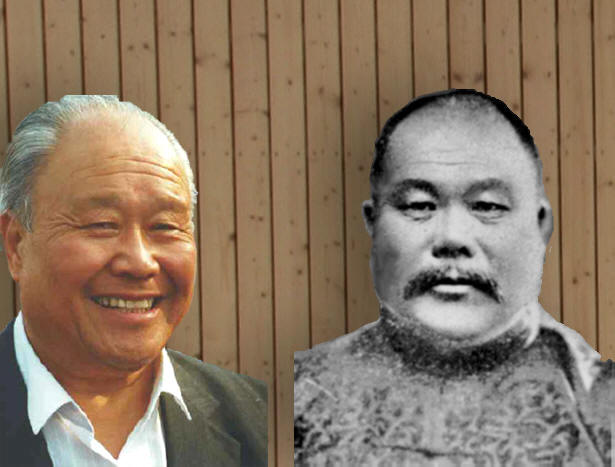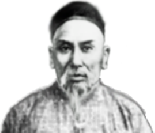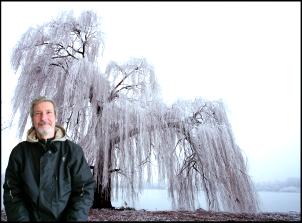Tai Chi Principles -
Underlying principles of Yang-Family-Taijiquan
The following quote is widely agreed upon: "In Tai Chi Chuan, importance is placed on developing the connective tissue and tendons, rather than the muscles,to generate strength and power.2
http://taichisymposium.com/Handbook/219EBCE18BD340A6CC9AF88332121B40/handbook.pdf.p. 15
Tai Chi Principles: Sino Japanese Research on Martial Arts Internals
The goal of guideliines in taijiquan is to develop internal strength for health and martial arts. One can say the way of conscious endeavor lead to unconscious skills and competence
This is not the place to deal with these important fundamentals in concrete detail. What we will do though is to view them in a broader perspective. The "bigger picture" provides crucial insight what is going on today when for many tai chi is becoming a mere commodity.
Tai Chi Principles - viewed in a broader perspective
Trial and error in Tai Chi Chuan will not pay - it is much wiser to obey the rules set up by ancient masters. Writing down thirteen taiji principles can be considered a legacy of master Yang Chengfu. Later he condenced them to only ten. Since then masters typically define "good Tai Chi" as that which follows these commandments. A number of these "important points" stem from the Chinese Classics, which makes them easier to interpret within the taoist philosophical framework of chinese martial arts.
Most interesting for our sino japanese approach is the fact that much of these commandments is similar to Nihon Koryu. Whereas this is no wonder since there have been many connections between the martial arts, it is surprising that Master Yang was of the opinion that they can only be found in taijiquan. Still today this is what is generally claimed by the Chinese family clans. The International Tai Chi Symposium held in 2014 in Louisvill Kentucky is a good resource for citations rendering the current state of the art.
But already 20 years before Dr. Stephan Langhoff, head of the Tai Chi Zentrum Hamburg invited two of his chinese teachers to hold seminares in Germany and explain the Ten Tai Chi Principles of the Traditional Yang style at length and in detail. Master Fu Zhongwen centered on the "Authentic Yang Style Taijiquan". He is the son of Master Fu Zhongwen. The second invited Master Yang Zhenduo is the son of Master Yang Chengfu. Their seminars proved to be a major source of citations and insights - especially because they are documented by videotapes.
On closer inspection many inconsistencies show up. For the researcher a great challenge and motivation to find out the "truth" behind the scenes or below the surface...
Tai Chi Principles - viewed from the angle of Shindo Yoshin Ryu Internals
von TT
Seminar: Takamura Shido Yoshin Ryu Jujutsu Seminar sponsored
by The German Tai Chi Association, Hamburg, Germany
Legend has it an accomplished budoka from southern Japan named
Yoshitoshi Akiyama /sic/ learned an intricate system of martial study
in China. In this way, the Akiyama Yoshin ryu from which the
Shindo Yoshin ryu descended was created by integrating existing
Japanese combat forms with a sophisticated system of body
mechanics developed in China.
This seminar seeks to introduce practitioners
from all martial disciples to the principles of Shindo Yoshin
ryu jujutsu and the schools unique methodology for developing
nairiki (internal strength).
General Topic: Unified
Strength / Connected Body
1: Posture and Structure
2:
Linear Energy and Spiraling Energy
3: Proprioception Outwards
and Proprioception Inwards.
4: Physical Aspects and Mental
Aspects.
Dates: Friday, July 12th - Sunday, July 14th
Location: Hamburg, Germany
Where:
Organizer: Dr Stephan
Langhoff
Email Address:
http://www.tai-chi-zentrum.de
A question to ponder. If Ohtsuka taught idori why would he discard the SYR jujutsu principles that were the foundation of their execution? He obviously admired these principles as he inserted them extensively into his expression of karate. There are several possibilities:
ttp://www.sannoya.com/principles.ht:
Wado Ryu has many general karate do principles in common with Okinawan karate do styles. However at the heart of Wado Ryu are some fundamental principles which may be traced directly to the influence of Shindo Yoshin Ryu jujutsu and other Japanese bujutsu, but which are not typically seen in Okinawan karate...Much of the movement and posture seen in Wado Ryu is based around traditional budo movement...
Sen, Sensen no Sen, and Go no Sen
These three expressions describe three kinds of timing for attack and counterattack.
Sensen no Sen means to attack when the opponent's intent to attack is perceived, thus pre empting the opponent's attack and catching him/her off guard.
Sen means attacking simultaneously with the opponent as in nagashizuki. It implies that the 'defender' will be able to complete his attack first, and/or displace the opponent's attack.
Go no Sen means to respond to an attack with a counterattack or block/counterattack. However, the timing must be such as to strike immediately the opponent's attack is completed and before he is able to launch a further attack.
----
Sen
Timing can be divided into Kakete and Machite. Kakete is preemptive timing which is called Sente (or Sen-no-Sen), Machite is when an opponent attacks first and is either Sensen no Sente (or Sensen no sen) or Gosen-no-Te (or Go-no-Sen).
- Sen - pre-emptive timing, attacking when perceiving the opponent’s intent to attack
- Sen sen no sen - Simultaneous counterattack, attacking as the opponent attacks and beating him to the attack
- Go no sen - Reactive timing, the opponent’s technique is blocked or parried and counter-technique is delivered before opponent’s attack can be completed
-----
Nagasu, Inasu, Noru and Irimi
Nagasu is parrying, or moving with the attack, to
evade a blow, often while countering. The body is moved slightly
off of the line of attack so that the attacking technique is
evaded, but at a close enough angle that the power of the
opponent's attack can be used to increase the force of the
counterattack.
Inasu is dodging and or deflecting,
often dropping the body to move under, inside, or around an
attacker's technique.
Noru is "riding," or moving in
contact with the opponent as a means of controlling the
opponent's technique or body movement.
Irimi is
moving to enter, getting inside an opponent's technique to
create an opening.
San-mi-Ittai
San mi-ittai are three kinds of body shifting movement which typify Wado-Ryu. The Kihon Kumite provide perhaps the best examples of san mi-ittai.
Ten-i, "to move the position" or move away from the
attack.
Ten-tai, twisting and realigning the body to
change the relationship of the body to the attack and further
reduce the exposed target area.
Ten-gi, executing
techniques while letting the attack pass through.
Ki Ken Tai no Ichi
The co ordination of mind and body in movement. For example when fighting, the mind and body should work in unison. However, this union of mind and body will be ineffective if the technique is poor.
Hei Jo Shin
He Jo Shin is a calm state of mind and body. For example, during fighting if your attacker attempts to startle you with a feint or fake by waving his hands or tries to intimidate you by brandishing a weapon. By maintaining a calm state - Hei Jo Shin - you will not flinch but be prepared for the attack.
Studies:
Yang Family Tai Chi.



